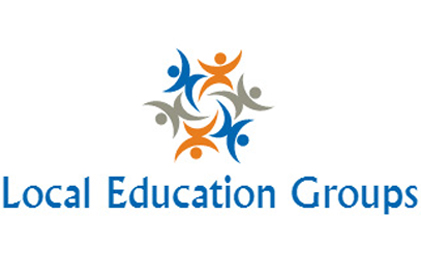Governance
LEG Governance
The Governance Agreement is the main source of authority that the LEGs use for guidance in regards to their:
- LEG structure and authority
- Decision making
- Membership, discontinued membership, and membership obligations
- Income distribution
- Coverages
- Transparency
- Disputes and negotiation
The LEG Guidelines for a Governance Agreement document sets out the details of what should be included in the governance agreement.
NOAMA has prepared the following as a guideline for LEG Executives
Assistance with Draft Governance Documents
NOAMA recommends that you contact Jennifer Gold of OMA legal at jennifer.gold@oma.org for assistance with draft governance agreements.
The following links are templates available for a draft governance agreement:
- Template Governance Agreement - Department
- Template Governance Agreement - Small Community
- Template Governance Agreement - Small Community (not using hospital)
Governance FAQs
We already have a group in place. What changes do we need to make to become a LEG?
If you have an established group with a governance agreement in place, it may be adapted to include the additional requirements set out in the proposal document (dispute resolution, funding distribution process, reporting to the membership, academic deliverables, etc.). An amending clause may suffice. Adam Farber, OMA Legal, has been working with LEG groups and will be able to assist with this matter. Please contact Adam at Adam.Farber@oma.org.
Is the governing body comprised strictly of physicians or can there be other members on it? (i.e. Administration)
Physicians need to carry the majority vote on the governing body. The administration often sits as a non-voting support. LEGS are funded through the AFP, which was negotiated through the OMA. The use and distribution of the funds must be directed by the physicians.
What is the expected commitment level of the governing body? We read that some of the budget was for administration. Is it expected that we hire a person for this job?
Not necessarily. There may be some capacity within your organization for an individual to take this on ... ideally, someone who is currently supporting the academic activities with respect to the governing body once the agreement and processes are in place and the leadership (i.e. lead physician who is agreed to by his/her peers to represent the LEG), the governing body should be dealing with issues including but not limited to: planned academic deliverables; opportunities for research; faculty development; physician concerns for resolution by NOSM, NOAMA, or PCTA, etc. LEGS are a work in progress and will evolve into several areas over time. It is expected that initially, the committee will focus on what academic activities the group will take on.
Does a separate entity need to be created for a LEG or can it simply be a sub-committee of a Family Health Organization or Family Health Team?
A separate entity does not need to be created if there is a governance organization in place. Further to discussions with OMA legal, an existing agreement may be amended to add the additional requirements set out in the proposal document (dispute resolution reporting to the membership, academic deliverables, etc.)
Can we work in collaboration with other sites to establish a LEG for smaller communities?
Yes, that is encouraged.
What is required in the Dispute Resolution Policy?
Groups will need to have a dispute resolution process in place that physicians within the group can use to resolve any concerns such as academic funding distribution by the LEG, etc. OMA legal can assist with the language.
